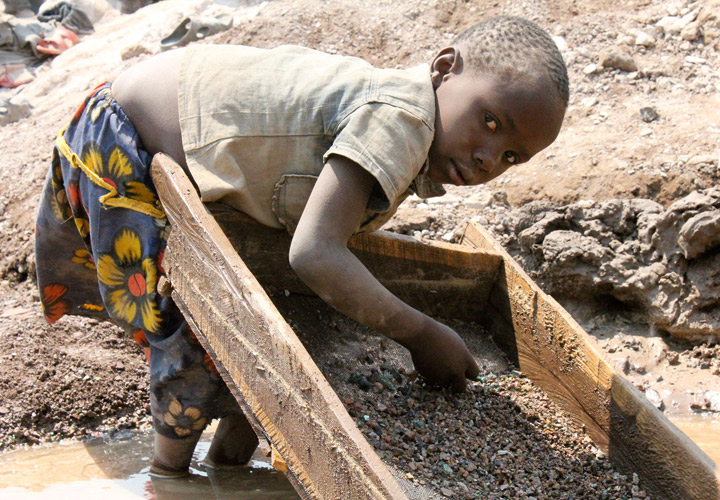TORONTO – Thousands of children around the world continue to die every day after falling through the cracks due to the gap between the “health rich” and “health poor,” according to a new report.

Released by World Vision on Tuesday, the report The Killer Gap: A Global Index of Health Inequality for Children assessed 176 countries around the world according to the size of the gap between those who have access to good health and those who don’t.
Canada ranked 15th while countries like France, Denmark and Norway were found to have the smallest health gap.
Despite the country’s wealth, the United States ranked 46th, proving that a country’s wealth—according to the report—does not guarantee that all of its people will benefit from access to good health care and will have the chance to enjoy good health.
“It’s a horrifying reality that in today’s world, when we have the knowledge, resources and tools to provide quality maternal, newborn and child health for all, that so many children continue to pay the price for the great gap in global health, with their lives,” said Andrew Hassett, international campaign director for World Vision.
The report found that a health gap exists in all countries—developed and developing, rich and poor— and that, in general, the greatest health gaps continue to exist in the poorest countries.
According to UNICEF, 19,000 children under the age of five die each day from mostly preventable causes.
‘Health rich’ vs ‘health poor’
- Posters promoting ‘Steal From Loblaws Day’ are circulating. How did we get here?
- Canadian food banks are on the brink: ‘This is not a sustainable situation’
- Video shows Ontario police sharing Trudeau’s location with protester, investigation launched
- Solar eclipse eye damage: More than 160 cases reported in Ontario, Quebec
People who are “health rich” have the most access to the best health education, awareness, prevention and treatment.
On the contrary, those who are “health poor” face the most barriers to accessing health education, awareness, prevention and treatment due to geography, direct or indirect costs for service, language, refugee status or discrimination related to a number of other factors.
As life and health have improved for some, why haven’t they for others?
World Vision said four indicators were used to rank countries according to the size of the gap between their “health rich” and “health poor,” including: life expectancy, personal cost of using health services, the adolescent fertility rate and coverage of health service.
The report found that income level was found to go a long way to explain the gaps in both low and high-income countries. Some other common causes of the health wealth gap across all countries are due to discrimination, disability, race and socio-economic norms.
According to the report, many countries do not monitor the groups who most suffer from the effects of the global health gap – such as children not registered at birth, children living with disabilities, orphaned children, children of ethnic minorities, stateless children, and mothers giving birth without the help of skilled birth attendants.
“Growing up uncounted or invisible means they slip through the cracks, on local, national and global levels,” said the report. “We don’t know who they are, so how can we help them? Understanding how to fix this first requires an understanding of where the cracks are and what they mean for children.”


Comments